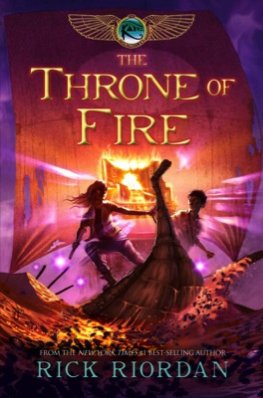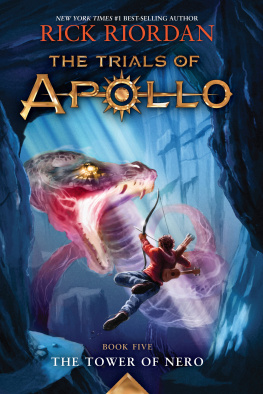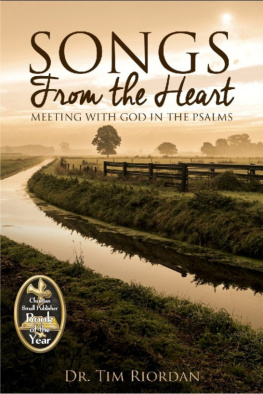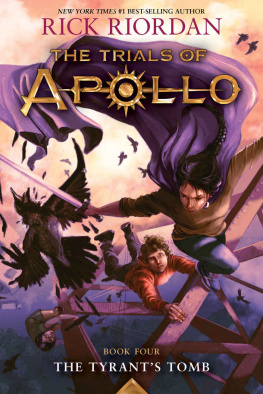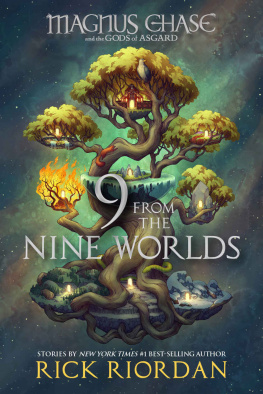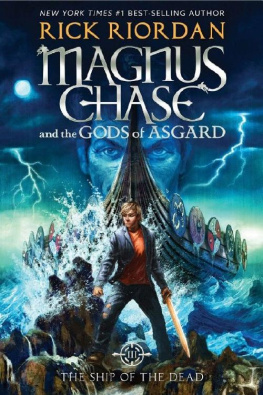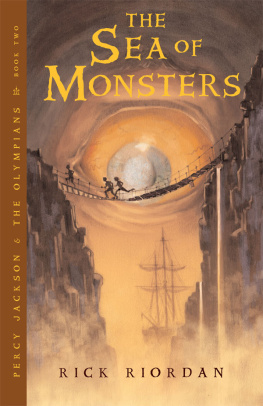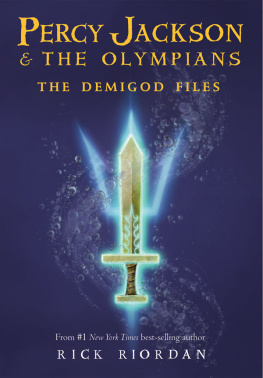Text 2020 Calista Education and Culture
Published by University of Alaska Press
P.O. Box 756240
Fairbanks, AK 99775-6240
Cover design by UA Press.
Interior layout by Paula Elmes.
Cover image provided by Ann Fienup-Riordan.
Library of Congress Cataloging in Publication Data
Names: Fienup-Riordan, Ann, author. | Rearden, Alice, translator. | Meade, Marie, translator. | Chanar, David, translator. | Nayamin, Rebecca, translator. | Joseph, Corey, translator.
Title: Nunakun-qquq ciutenggertut They say they have ears through the ground : animals and others in Southwest Alaska / by Ann Fienup-Riordan ; with translations by Alice Rearden, Marie Meade, David Chanar, Rebecca Nayamin, and Corey Joseph.
Other titles: They say they have ears through the ground
Description: Fairbanks, AK : University of Alaska Press, 2020. | Includes bibliographical references and index. | English and Yupik parallel text.
Identifiers: LCCN 2019045486 (print) | LCCN 2019045487 (ebook) | ISBN 9781602234123 (paperback) | ISBN 9781602234130 (ebook)
Subjects: LCSH: Yupik EskimosSocial life and customs. | Yupik EskimosFood. | Yupik EskimosFishing. | Traditional ecological KnowledgeAlaska, Southwest. | Traditional fishingAlaska, Southwest. | Subsistence fishingAlaska, Southwest. | Human-animal RelationsAlaska, Southwest. | Oral historyAlaska.
Classification: LCC E99.E7 F4725 2020 (print) | LCC E99.E7 (ebook) | DDC 979.8004/9714dc23
LC record available at https://lccn.loc.gov/2019045486
LC ebook record available at https://lccn.loc.gov/2019045487
Acknowledgments
First and foremost, we thank the many Yupik men and women who have shared so much over the years. Some are gone now, including Frank Andrew, Annie Blue, Paul John, Andy Kinzy, Theresa Moses, Dennis Panruk, and Neva Rivers. But many who contributed to this book are still with usincluding John Andrew, Father Max Isaac, Ruth Jimmie, Grace Parks, and Francis Thompsona new generation of elders who are testament to the fact that a Yupik view of the world is very much alive.
The chapters that follow are the culmination of a four-year project funded by the National Science Foundation, Office of Polar Programs (Grant 1512731) to document human and animal relations in southwest Alaska. We extend special thanks to our long-time NSF program officer, Anna Kerttula de Echave, for guidance and support throughout the project as well as to our new NSF program officers, Colleen Strawhacker and Roberto Delgado, who saw our work through to completion. We thank them all!
While most of these essays were written during the last four years, information included draws from decades of work in southwest Alaska funded not only by the National Science Foundation but also by the Alaska Humanities Forum; the Scholarly Editions and Translations Program of the National Endowment for the Humanities; the Office of Subsistence Management of the US Fish and Wildlife Service; the Smithsonian Urgent Anthropology Fund, National Museum of Natural History; and the Yupiit Nations Traditional Law and Governance Project. We also thank the Coastal Yukon Mayors Association, the National Endowment for the Humanities, the Rasmuson Foundation, and the Anchorage Museum of History and Art for support provided in preparation for the Yupik mask exhibit between 1992 and 1996, as well as the National Science Foundation, the National Park Service, and the Administration for Native Americans for supporting elder gatherings organized by the Calista Elders Council (CEC) between 2000 and 2012.
Over the years I have had the privilege of working with some of the best and most dedicated Yupik translators in the world, including Alice Rearden from Napakiak, Marie Meade from Nunapitchuk, David Chanar from Toksook Bay, Rebecca Nayamin from Chevak, and our brilliant young translator Corey Joseph from Kwigillingok. Once again, this team has worked together to make it possible for English readers to begin to understand how the Yupik world works. I am particularly grateful to Alice, who not only carried out translations for this project, but also patiently reviewed and commented on each essay as it appeared, serving as my first and best reader. CEC cultural director Mark John also played a central role in this work, not only helping to organize specific gatherings but also leading our discussions, often adding observations from his own considerable knowledge and experience. And thanks to CEC director Rea Bavilla and assistants Olivia Agnes and Nicole Baski for essential administrative support. We could not do this work without them.
Each of the chapters in grew out of a particular gathering, and three of these were sponsored by CEC as part of our NSF project on relations between humans and animals. We owe special thanks to the staff of the Yukon Delta National Wildlife Refuge in Bethel, who gave us the use of both their bunkhouse and conference room to hold these meetings. The bunkhouse not only provided a comfortable place to sleep and a convivial place to visit, but using its huge kitchen we were able to cook and enjoy meals of seal meat, salmon, beluga, and moosefood Mark and the others brought to Bethel to share with the group.
Each of the other chapters has a unique history, and I have many people to thank for their help and inspiration. I wrote the first chapter, Uqlautekevkenaku/They Didnt Make a Mess of It: Yupik Perspectives on Human and Animal Relations, for a conference session, Arctic Crashes: People and Animals in the Changing North, at the annual meeting of the Alaska Anthropological Association, held in Anchorage in February 2015 and organized by Igor Krupnik and Aron Crowell. That paper has since been published by the Smithsonian Institution Scholarly Press in a volume with the same title (Krupnik and Crowell, ed. 2020). I wrote the story of Emmonak for a public presentation at the conclusion of NSFs Bering Ecosystem Study (BEST) in 2011. It was subsequently published as part of a special issue of Deep-Sea Research, and I refer interested readers to the longer discussion (Fienup-Riordan, Brown, and Braem 2013).
I wrote the second chapter, How Raven Marked the Land When the Earth Was New, for a special issue of tudes/Inuit/Studies, entitled Bestiare Inuit/Inuit Bestiary, edited by Frdric Laugrand and Francis Lvesque (Laugrand and Lvesque, ed. 2017). Frdrics invitation to contribute to this volume nudged me to pull together what I knew about Raven the Creator and ravens generallybirds I very much admire. The third chapter, Ciissit: Insects in Yupik Oral Tradition, was also written at Frdrics request for a volume he was editing for the Canadian journal Recherches amrindiennes au Qubec on small beings (including insects) in Native American cosmologies. Frdric translated my essay into French for inclusion in that volume (Fienup-Riordan 2017), but the English version has never been published. I owe special thanks to Frdric for both invitations. Not only did his encouragement inspire me to reexamine what elders had taught me about both ravens and insects, but his planned Inuit Bestiary was the spark that set in motion my own thoughts about a comparable (but much more circumscribed) Yupik Bestiarywhich is the book you now hold in your hands.
The chapter King Salmon on the Lower Yukon River: Past and Present was written as part of a collaborative project initiated and led by Catherine Moncrieff of the Yukon River Drainage Fisheries Association. Catherine received support from the National Science Foundation, Division of Arctic Social Science, to hold a CEC-style gathering on king salmon, which Mark John, Alice Rearden, and I helped her to organize and carry out. Following the gathering, I worked with Rebecca Nayamins translations to write this essay on king salmon. Catherine then reviewed what I had written, not only providing insightful comments, but overseeing its publication in booklet form for use both by agencies and schools throughout Alaska. This collaboration with Catherine taught CEC staff and me a great deal about king salmon; it also showed us the innumerable benefits of working together. We are in Catherines debt.



